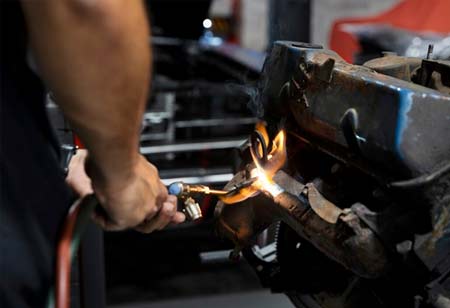Fremont, CA: Automotive manufacturing relies heavily on spot welding to ensure structural integrity and safety. Testing these welds has become more advanced, driven by the demand for higher accuracy, efficiency, and cost-effectiveness. Traditional destructive methods once dominated the process, but modern innovations now emphasize non-destructive approaches, digital integration, and real-time monitoring. These shifts help manufacturers improve quality assurance, reduce material waste, and maintain consistent standards across production lines. The evolution of spot weld testing reflects a broader push toward smarter, safer, and more sustainable automotive manufacturing practices.
Advancing Non-Destructive Testing Methods
Non-destructive testing has gained prominence in automotive spot weld analysis. Techniques such as ultrasonic inspection, resistance measurement, and radiographic imaging allow manufacturers to assess weld quality without damaging components. This approach preserves valuable materials while providing reliable insights into weld strength and consistency.
Ultrasonic methods, for example, can identify internal flaws that may not be visible externally, ensuring welds meet stringent safety requirements. Resistance-based techniques measure electrical conductivity to determine whether a weld maintains proper bonding. These methods save both time and resources while offering greater precision compared to destructive alternatives. By adopting non-destructive testing, manufacturers create more efficient workflows and maintain higher levels of product reliability.
Digital Integration And Real-Time Monitoring
Digital transformation has also reshaped spot weld testing. Advanced software platforms now collect, process, and analyze data instantly during production. Real-time monitoring enables immediate detection of weak welds, allowing corrective actions before flaws impact larger batches. This proactive approach minimizes downtime, enhances safety, and improves overall efficiency on assembly lines.
Integration of sensors and automated systems further streamlines the process. Connected devices record detailed parameters, including current flow, electrode pressure, and weld duration, creating digital records for traceability and compliance. These data-driven systems enhance transparency and also support predictive maintenance, reducing equipment failures and optimizing long-term production performance.
The combination of non-destructive testing and digital monitoring has set a new standard for quality assurance in automotive manufacturing. By embracing these trends, manufacturers strengthen safety, reduce waste, and improve cost efficiency. Spot weld testing continues to evolve, positioning itself as a cornerstone of modern automotive production where precision and innovation go hand in hand.

 Copyright © 2025 AutoTech Outlook. All Rights Reserved | Privacy Policy | Subscribe | Sitemap | About us | Feedback Policy | Editorial Policy
Copyright © 2025 AutoTech Outlook. All Rights Reserved | Privacy Policy | Subscribe | Sitemap | About us | Feedback Policy | Editorial Policy